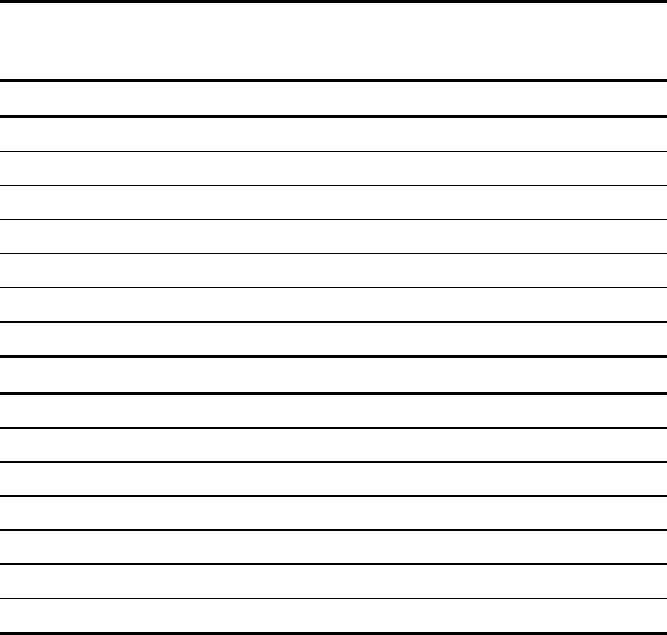ProLiant ML530 Servers Maintenance and Service Guide
Table Of Contents
- Compaq ProLiant ML530 Servers Maintenance and Service Guide
- Notice Page
- Table of Contents
- About This Guide
- Chapter 1: Illustrated Parts List
- Chapter 2: Removal and Replacement Procedures
- Electrostatic Discharge Information
- Symbols on Equipment
- Preparation Procedures
- Tower Model Front Bezel Door
- Rack Mount Bezel
- Access Panel
- Fans
- Removable Media and Mass Storage Devices
- Cable Routing Diagrams
- System Board Tray
- System Board Components
- Hot Plug Power Supplies
- Power Backplane Board
- Power On/Standby Switch
- Chapter 3: Diagnostics and Troubleshooting
- Diagnostic Tools Utility Overview
- Default Configuration
- Utilities Access
- Power On Self Test
- Diagnostics Software
- Steps for Diagnostics
- 100–199, Primary Processor Test Error Codes
- 200–299, Memory Test Error Codes
- 300–399, Keyboard Test Error Codes
- 400–499, Parallel Printer Test Error Codes
- 500–599, Video Display Unit Test Error Codes
- 600–699, Diskette Drive Test Error Codes
- 800–899, Video Board Test Error Codes
- 1100–1199, Serial Test Error Codes
- 1200–1299, Modem Communications Test Error Codes
- 1700–1799, Hard Drive Test Error Codes
- 1900–1999, Tape Drive Test Error Codes
- 2400–2499, Advanced VGA Board Test Error Codes
- 6000–6099, Compaq NIC Boards Test Error Codes
- 6500–6599, SCSI Hard Drive Test Error Codes
- 6700–6799, SCSI Tape Drive Test Error Codes
- 8600–8699, Pointing Device Interface Test Error Codes
- Array Diagnostic Utility
- Integrated Management Log
- Rapid Error Recovery
- Remote Service Features
- ROMPaq Error Recovery Options
- Compaq Insight Manager
- Chapter 4: Connectors, Switches, Jumpers, and LED Indicators
- Chapter 5: Physical and Operating Specifications
- Index

Diagnostics and Troubleshooting 3-67
Revision History Table
Some errors can be resolved by reviewing changes to the server configuration. The server has an
Automatic Revision Tracking (ART) feature that helps you review recent changes to the server
configuration.
One ART feature is the Revision History Table, which contains the hardware version number of
the system board and any other system boards providing ART-compatible revision information.
This feature lets you determine the level of functionality of an assembly in a system without
opening or powering down the unit. An example of a Revision History Table is shown in
Table 3-26.
Table 3-26
Revision History Table
Current Revisions
Date 10/31/98
System board revision 03
Assembly version 1
Functional revision level C
Processor 01 revision 01
Assembly version 1
Functional revision level A
Previous Revisions
Date 9/21/98
System board revision 03
Assembly version 1
Functional revision level C
Processor 01 revision 01
Assembly version 1
Functional revision level A
The Revision History Table is stored in nonvolatile RAM and is accessed through the Inspect
Utility and Compaq Insight Manager.










